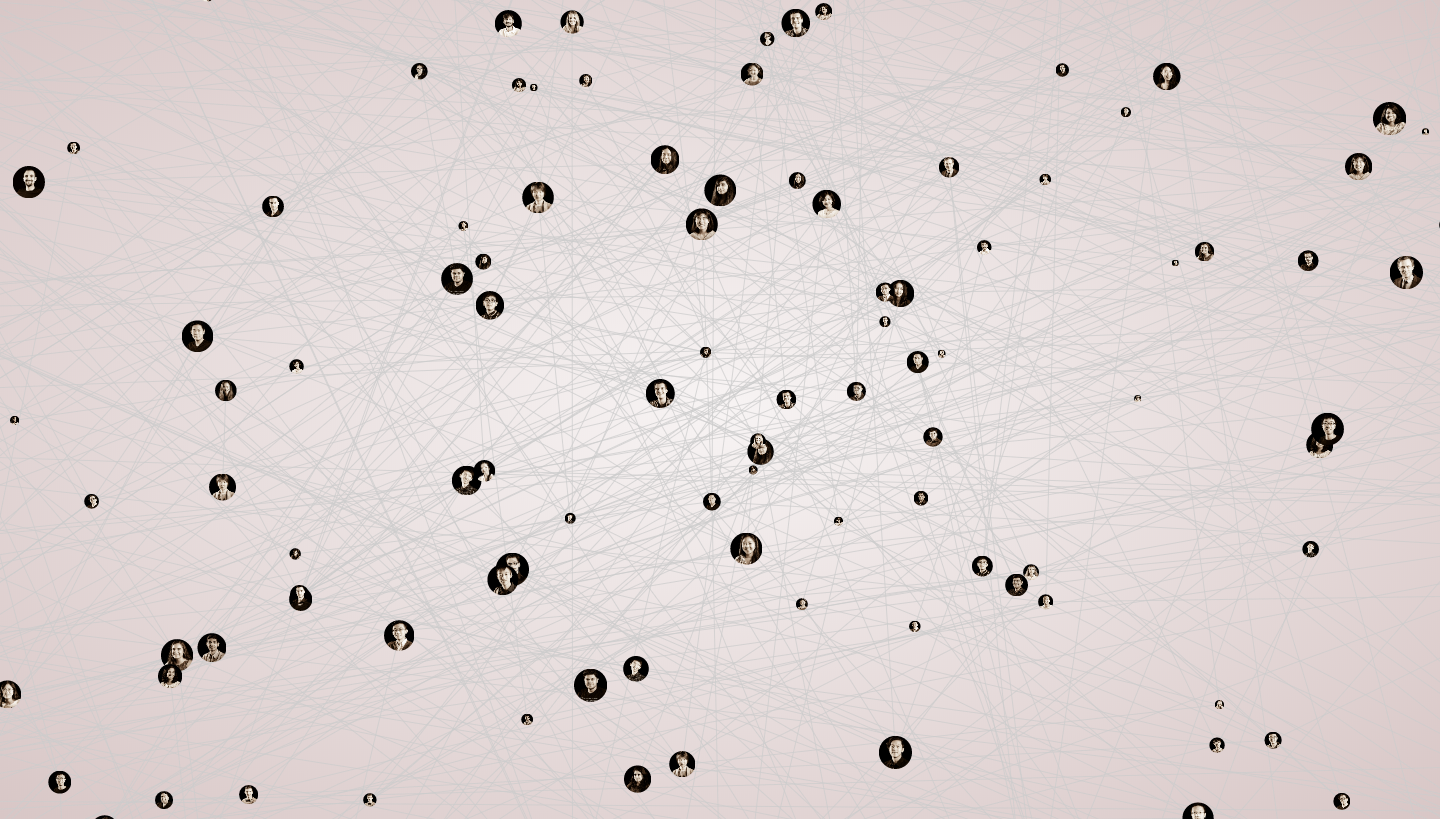The Work This Week:
This week consisted of continued organization for our semester, as well as solidifying the ideas behind our research.
To ourselves, we presented the Related Works research that we had done over the weekend. Some examples of these included:
The As We Are Project: Developed in 2017, guests are presented with a 14-foot tall, 3D universal human head model, in the back of which is a photo booth. Guests can take 3D pictures of themselves, and then their head is displayed in 3D on the giant head. We liked this project because it elevated the traditional “Selfie” idea into a visually innovative and eye-catching way. The project also brought to our attention the idea of an “archive” in which guests can see their pictures displayed in the exhibit.
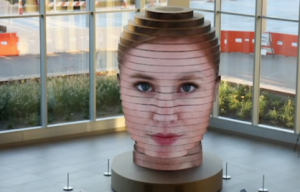
D’light Interactive System: Developed in Seoul, Korea in 2010, it is an interactive system that allows guests to use Kinect or an iPad to input text or images, which is then projection mapped onto the ground and wall. This project introduced us to the idea of projection mapping as a potential form of interaction.
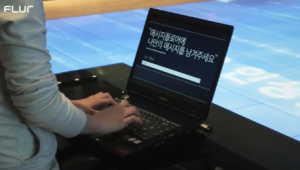
Dymaxion Spanish Pavillon Expo: Developed in Yeosu, Korea in 2012, guests are presented with a world map made out of LEDs. This project introduced us to the idea of using LEDs as an abstract form of interaction, as well as the idea that maps connects people by asking them “where are you from.”
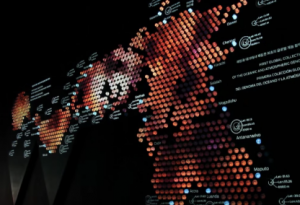
Portrait Machine: Developed in Amsterdam in 2009, guests’ pictures are analyzed and organized based on similarities and differences in angle, color, expressions and other groupings. This project brought us to the idea that we could connect CMU students and other members of the CMU community with each other and the archived faces of people who have used the exhibit.
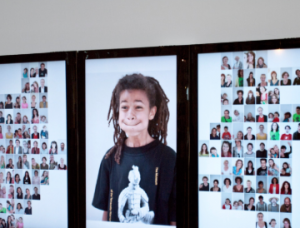
Museum of Illusions: Developed in Los Angeles in 2018, guests are invited to take selfies of themselves set against optical illusion backgrounds, stretched to create a feeling of depth and dynamism. This project got us thinking of how we can utilize all three surfaces of our space.
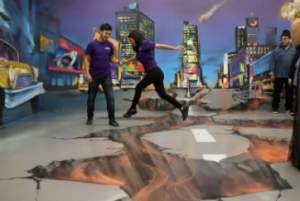
We discussed our research with ourselves and then further discussed it with our advisors. They liked the idea of using LEDs as a medium, because it is an abstract way of thinking and won’t look dated overtime. They especially liked the idea of using human faces.
We discussed how in curating connection through CMU backgrounds and guests, it will be fraught with tension because inevitably we will leave something out. However, if we curate this connection through human-to-human bridges, it is unifying by default as well as universal. The question of “where are you from” continually can bring people together.
We also discussed, in going forward, that we will want to build a rough prototype of our exhibit, even if it means just using a computer screen and then placing our “picture yourself” interaction in the ETC for guests to experience, because it will give us good user data and will allow us to showcase what we did beyond just research.
We further narrowed down the important parts of our research by experiencing our first Playtest Workshop at the ETC. We learned that knowing our target audience (CMU students, visitors, alumni, etc.) is a big plus, and that nailing down exactly what about CMU interests them is an important next step. We also discussed different ways to ideate:
- Content/Story: What is the story of CMU that we want to tell? Through different backgrounds? Through different traditions of CMU? Through the faces of other CMU visitors?
- Selfie/Mosaic: How are we going to capture the “Selfie” idea at its base, and how will we archive it for guests to look at afterward? Will guests see themselves on a display screen that they can interact with (i.e. with Kinect)? Will they take a photo that is then archived through a selfie mosaic like the Portrait Machine?
- Interaction/Platform: What will be the core interaction of our experience and what platform will we use for this interaction? Will it be projection mapping? Interaction through LEDs?
Finally, we used the Plex Cards given to us to come up with tenets for our experience. We decided that the idea of Fellowship created through the experience is most important. And that we are going to use the Simulation/Fantasy of our exhibit to allow guests to Discover/Explore different ways to create this Fellowship between each other.
Through this, guests will also experience the Humor that comes with taking selfies of themselves, the Sensation of interacting with the digital space, the Expression that comes with expressing themselves through photography, and Relaxation by allowing them to spend 5 minutes or so taking a break from whatever they are doing in life.
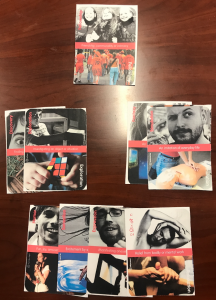
Going Forward:
We developed a Research Summary presentation over the weekend to hopefully present to our client early next week. We want to find out their thoughts and opinions about the data we collected, which will help us in further narrowing down our specific ideas that we’ll pitch in a few weeks (i.e. the possible exact prototypes that we’ll make during the semester).
We also want to do further research beyond the internet. We would like to discuss with our client about collecting user surveys about the interests that prospective, current, and past CMU students have. We also are discussing the possibility of presenting some of our base ideas to CMU students on main campus, to see which combinations of our Content/Selfie/Interaction appeal to them the most.
Lastly, we discussed further field research that we could do. We’re currently brainstorming possible locations in Pittsburgh that approach the digital selfie/installation idea to give us tangible data to work with. And we also are going to curate a list of expert resources (both internal to the ETC and external) whom we can talk to and get suggestions from.
